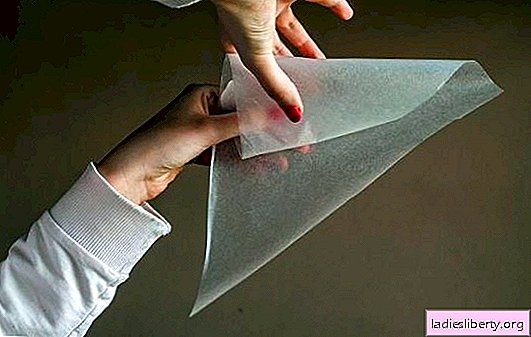
Is athleticism related to brain size? To find out, researchers at the University of California, Riverside, conducted laboratory experiments on house mice and found that mice that had been more active for more than 65 generations had a larger midbrain than those that did not applied.
Theodore Garland’s laboratory measured the brain mass of these “sporting” house mice, which volunteered for a long time on the squirrel wheel, and analyzed their brain images in high resolution. It was found that the volume of the midbrain, that is, the small area of the brain that transmits information to the visual, auditory, and motor systems, in specially bred mice was almost 13% larger than the brain volume in "ordinary" mice.
The main question that scientists tried to answer in their study using the experimental evolutionary paradigm was whether selection at the level of a specific behavioral trait, such as voluntary physical activity, affected the change in brain size.
What do the findings of the study mean for people? "It is possible that individual differences in tendency or ability to exercise in people are related to individual differences in brain size, but no one has studied this," Garland said. - "If it were possible to do an MRI of the midbrain of infants before these babies start training and then watch them throughout their lives, it might be found that the congenital, genetically determined differences in midbrain size detected shortly after birth affect how much they’re likely to train as adults. "











